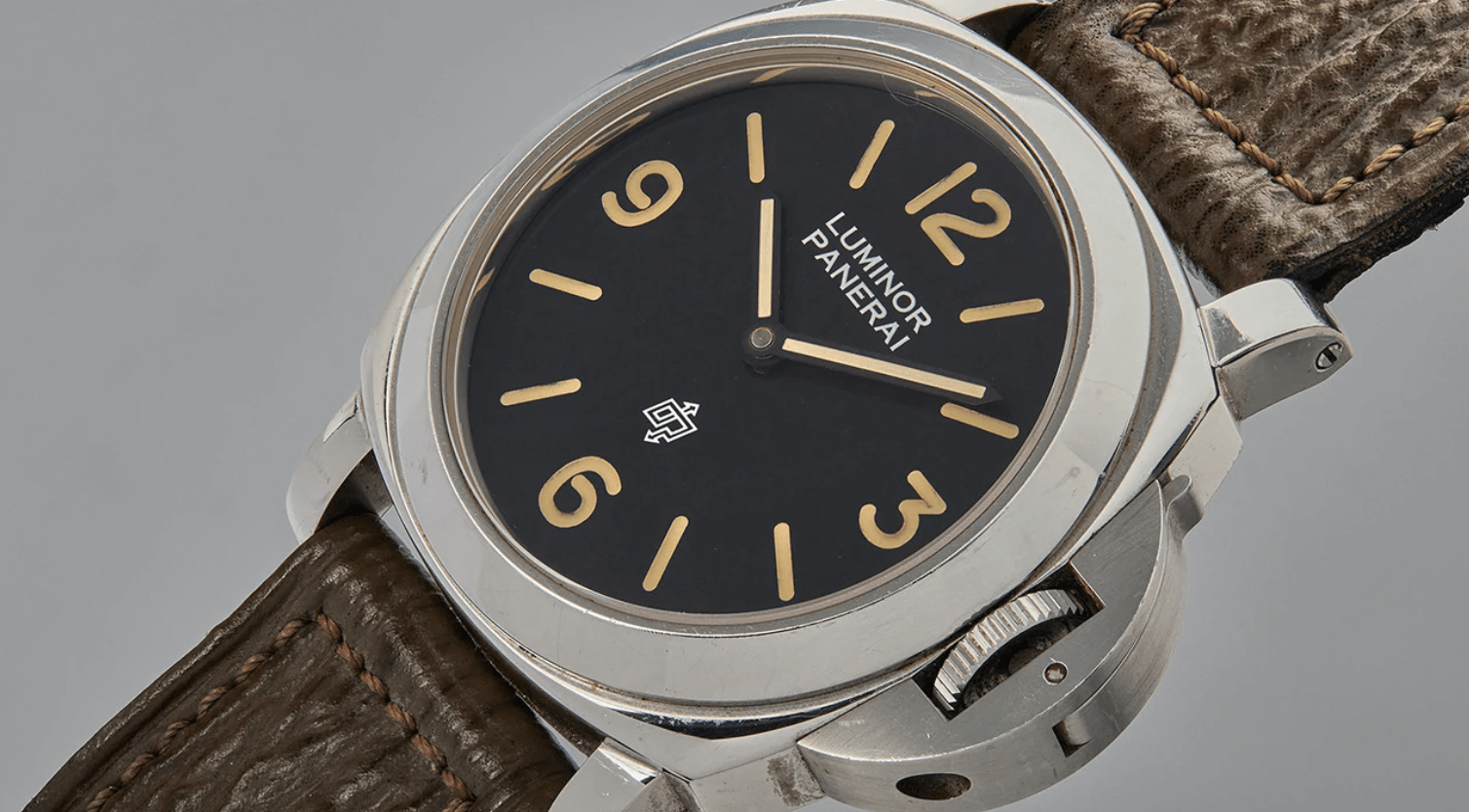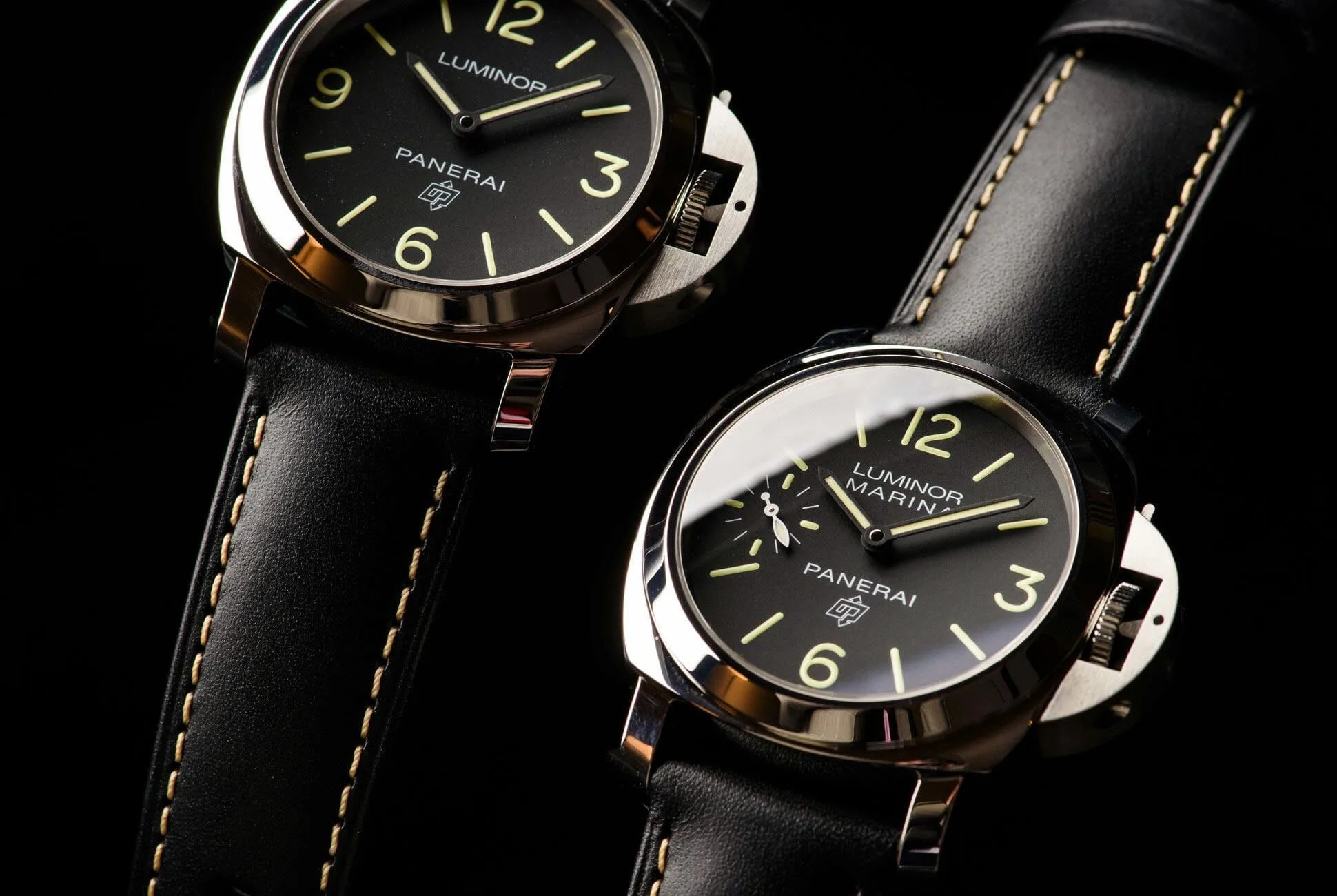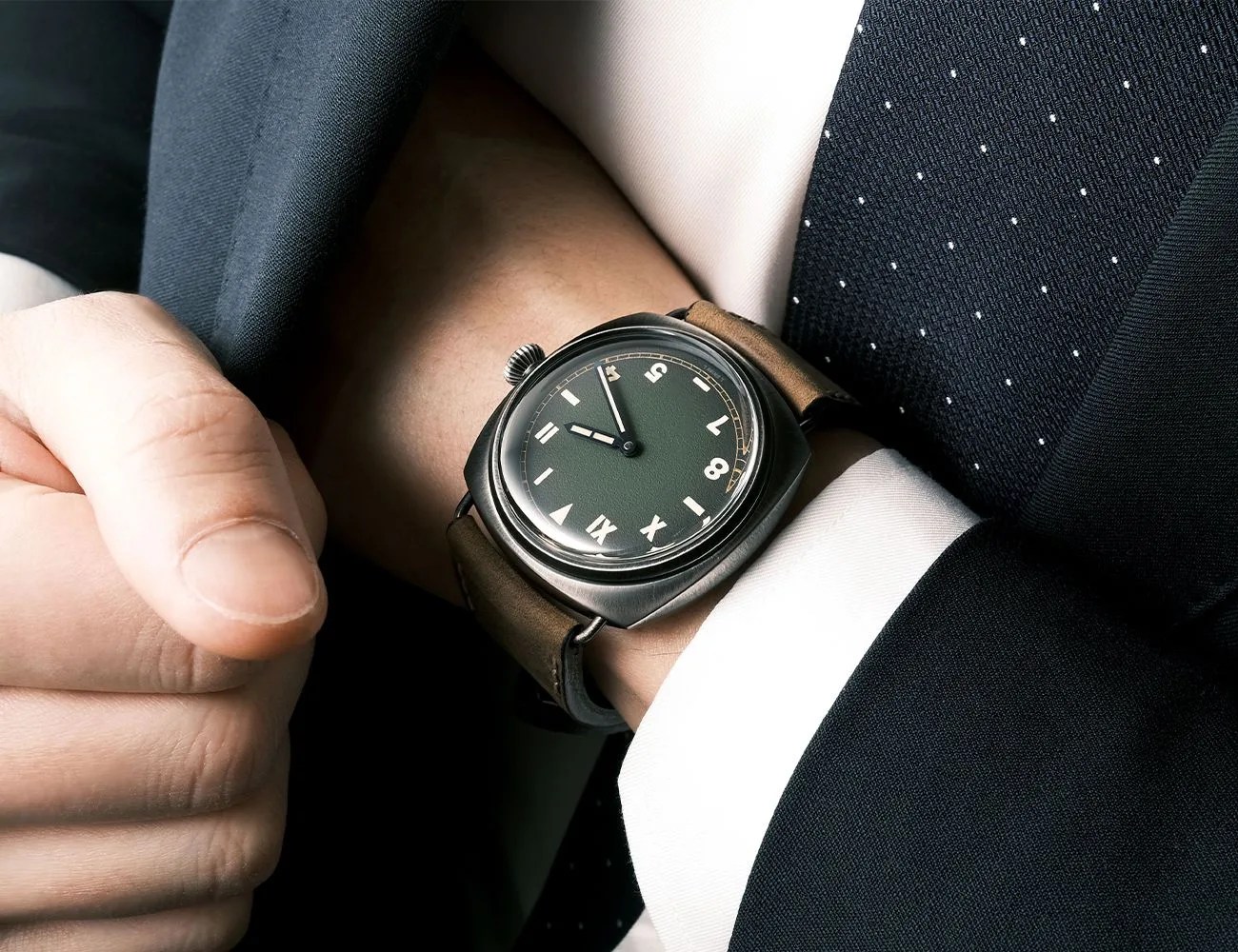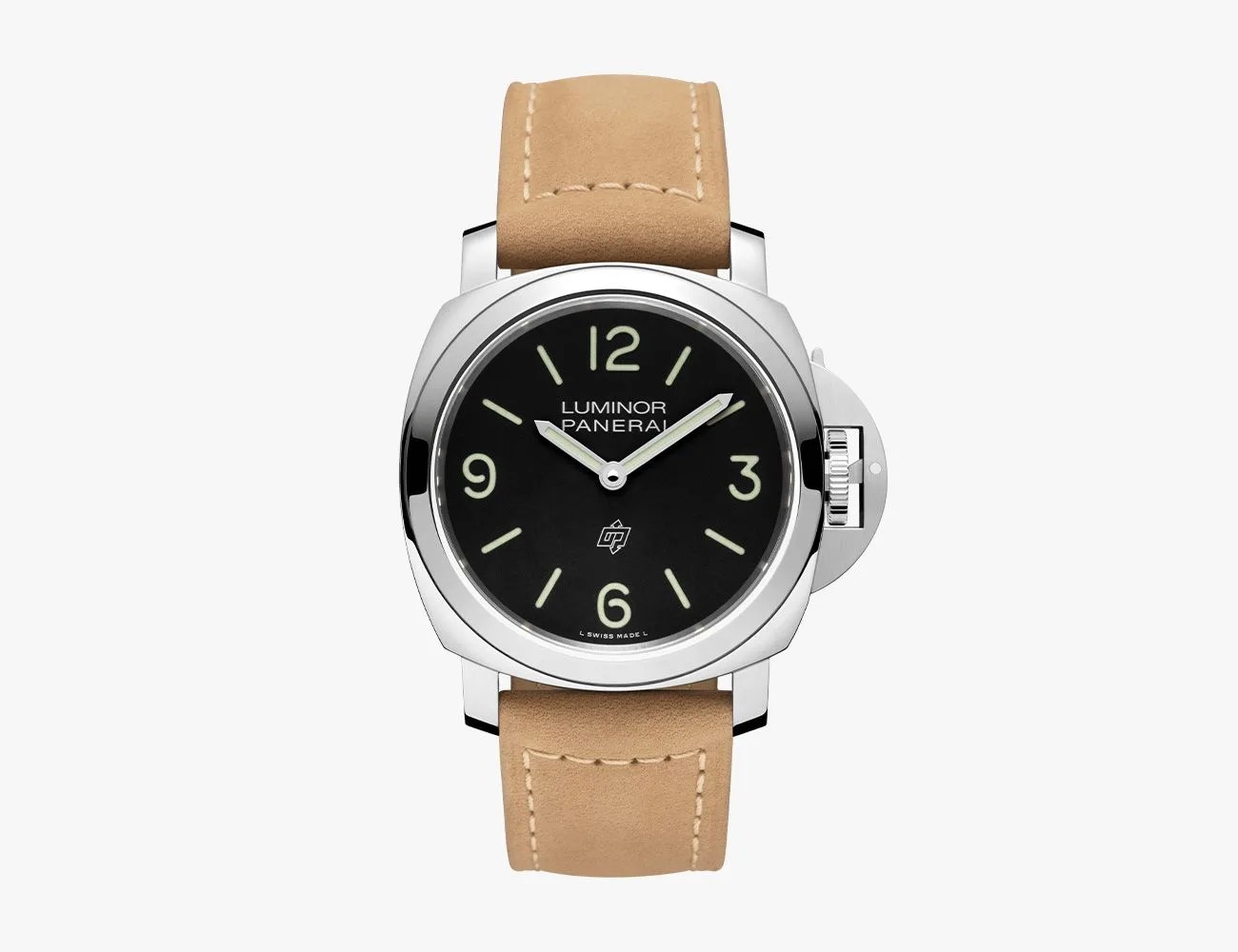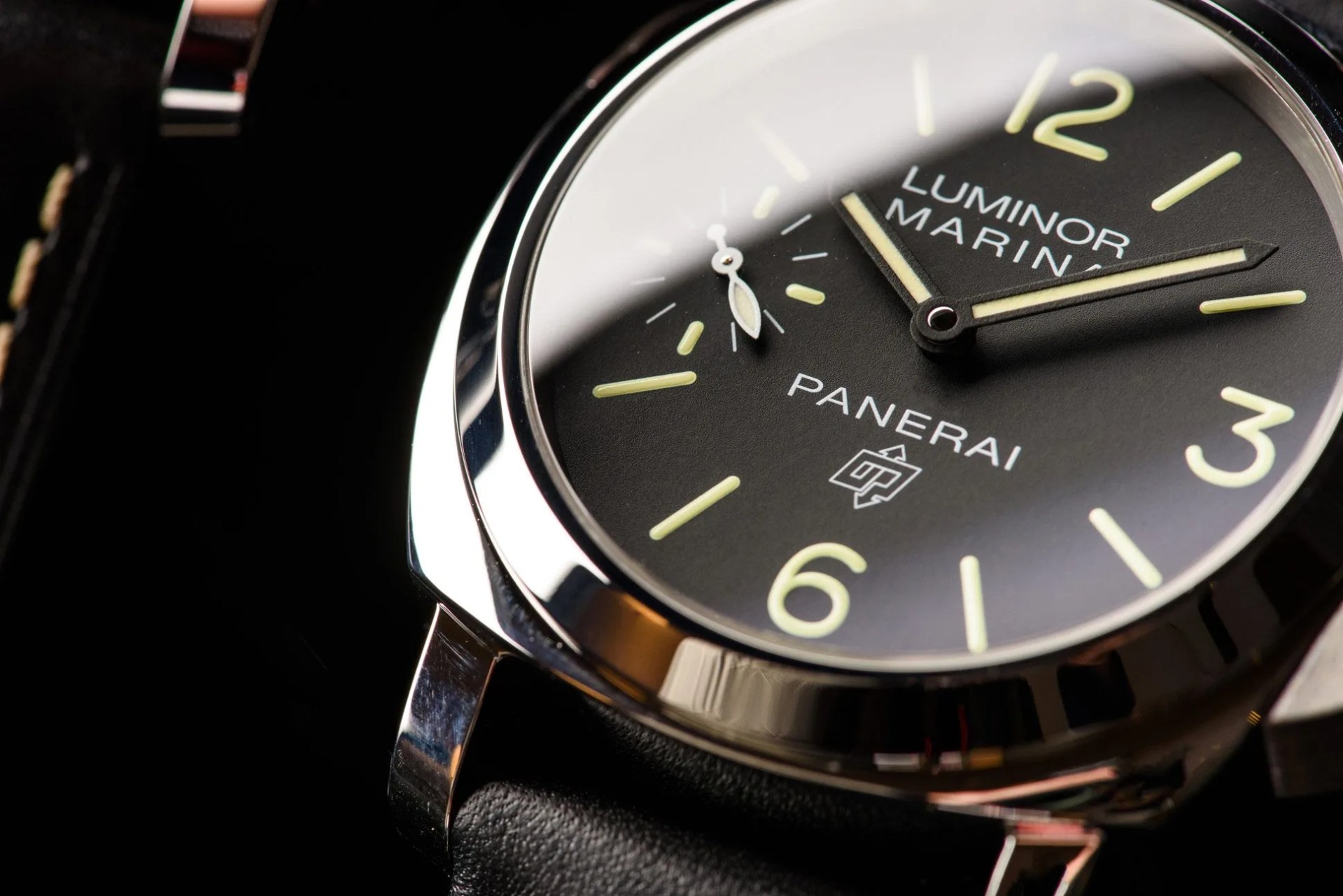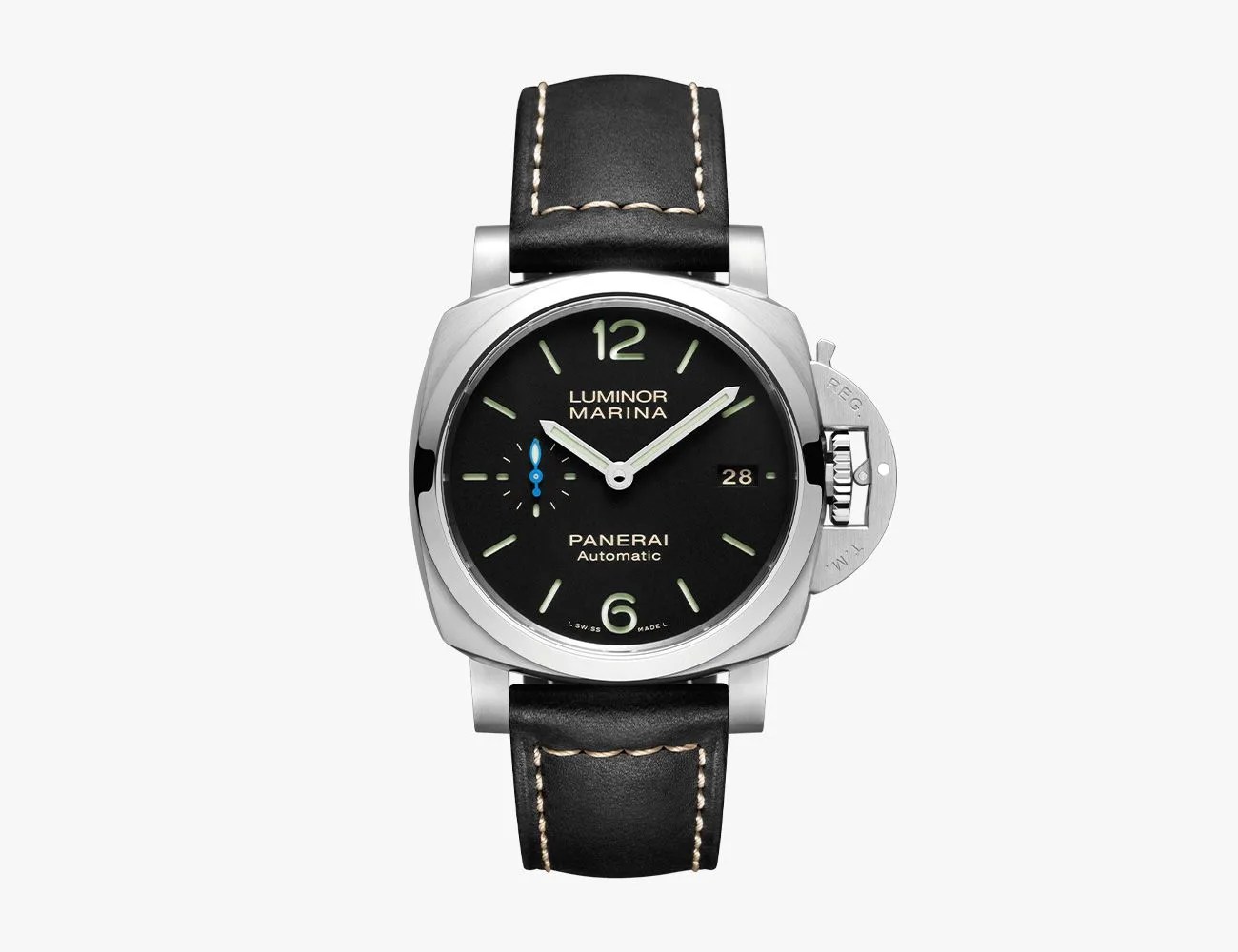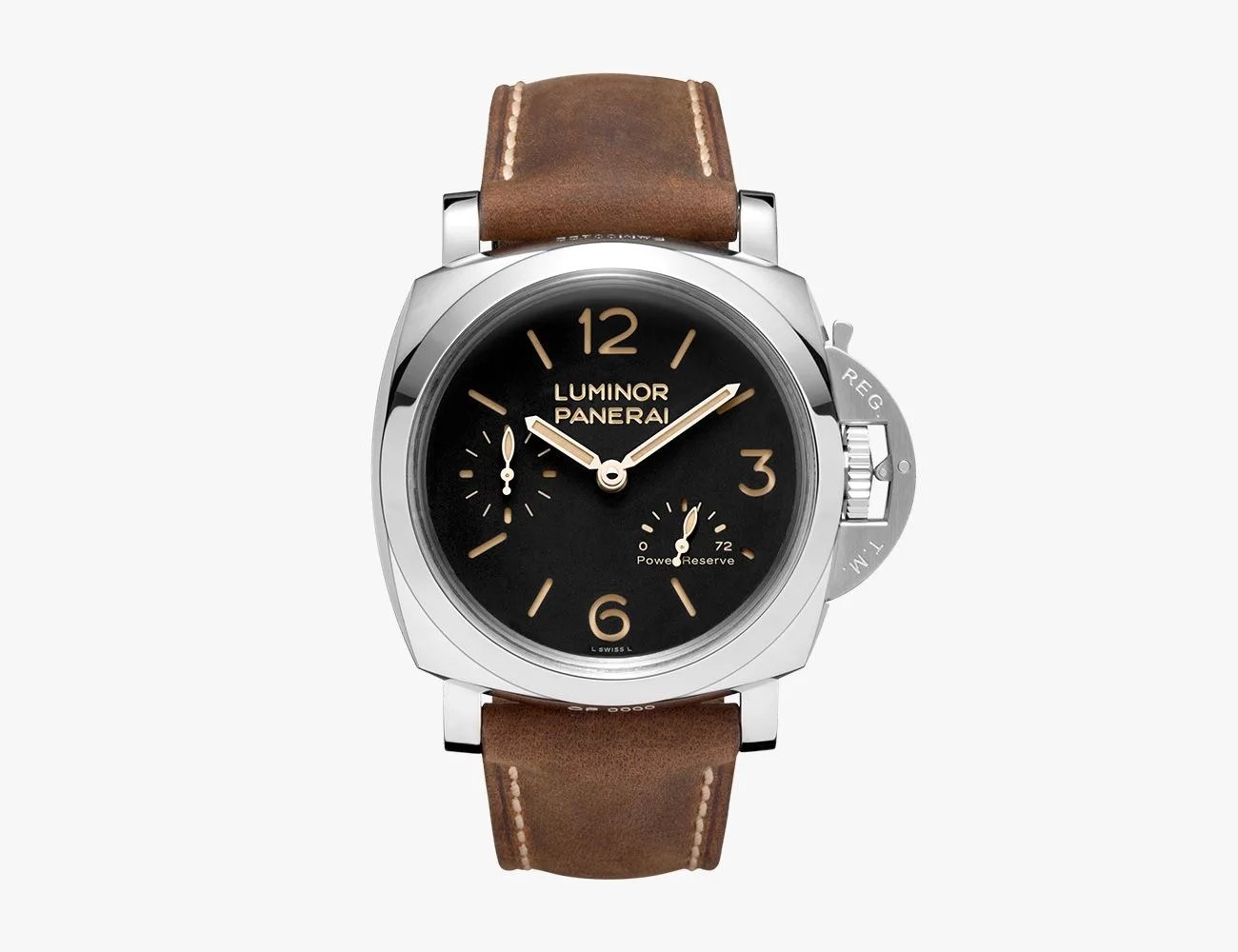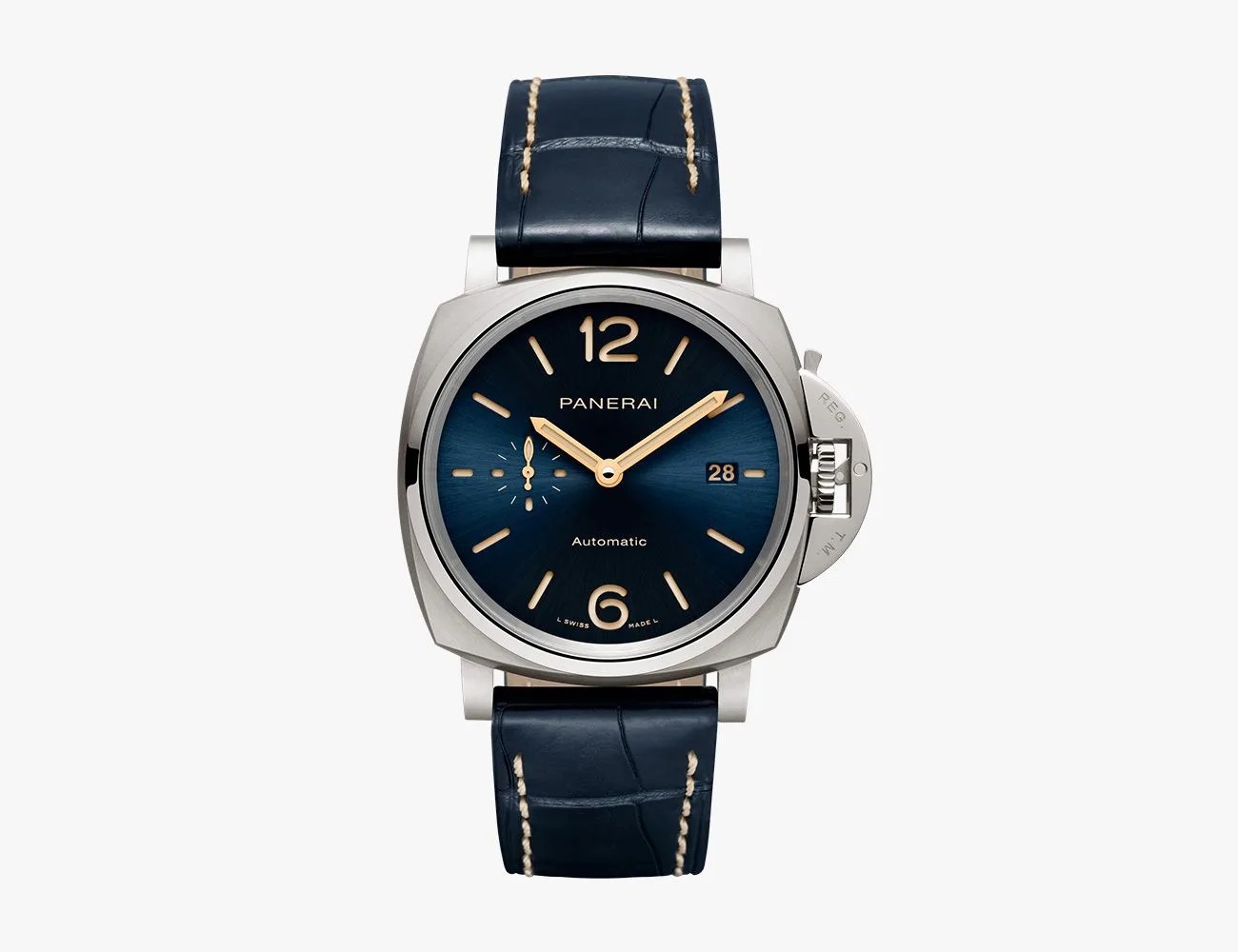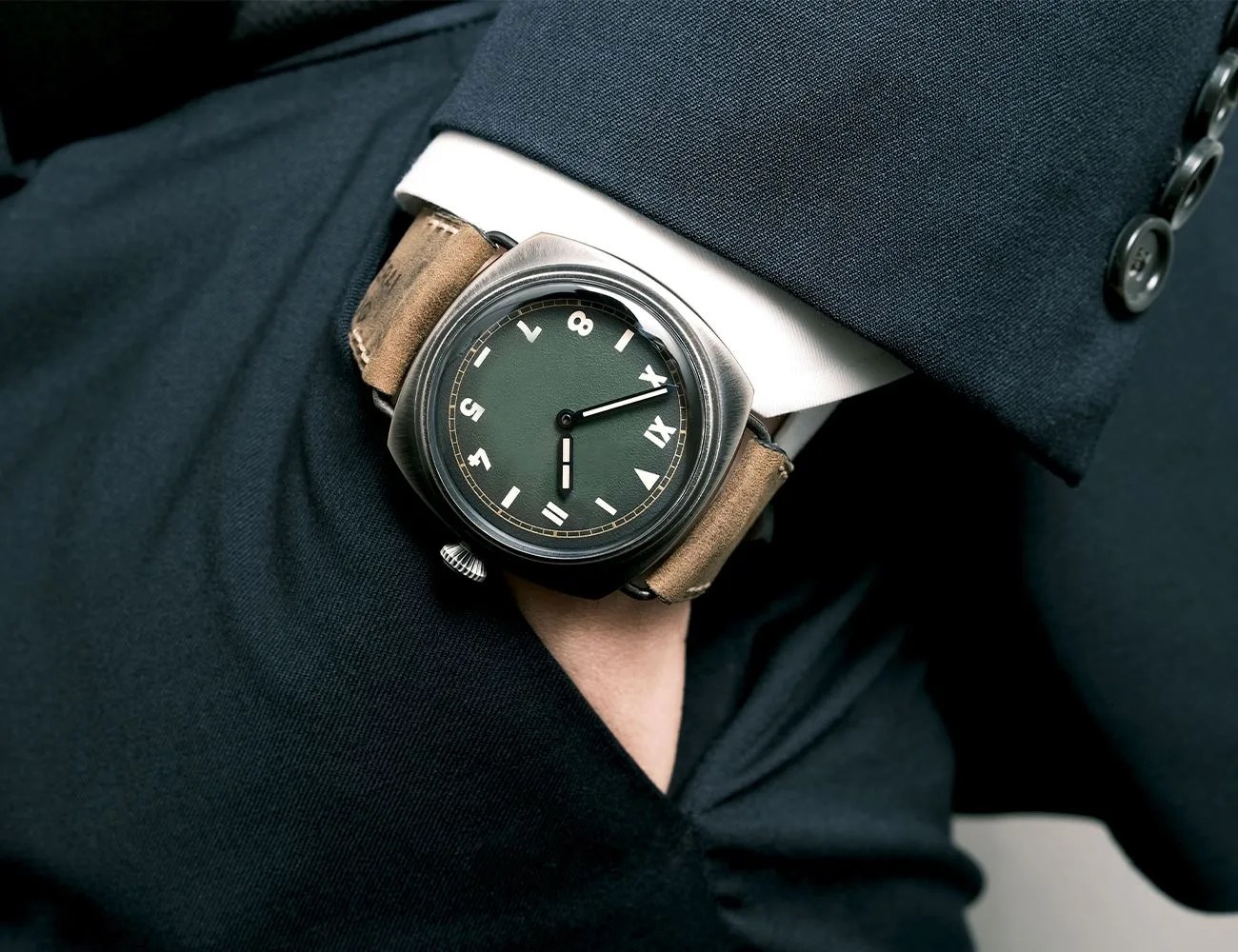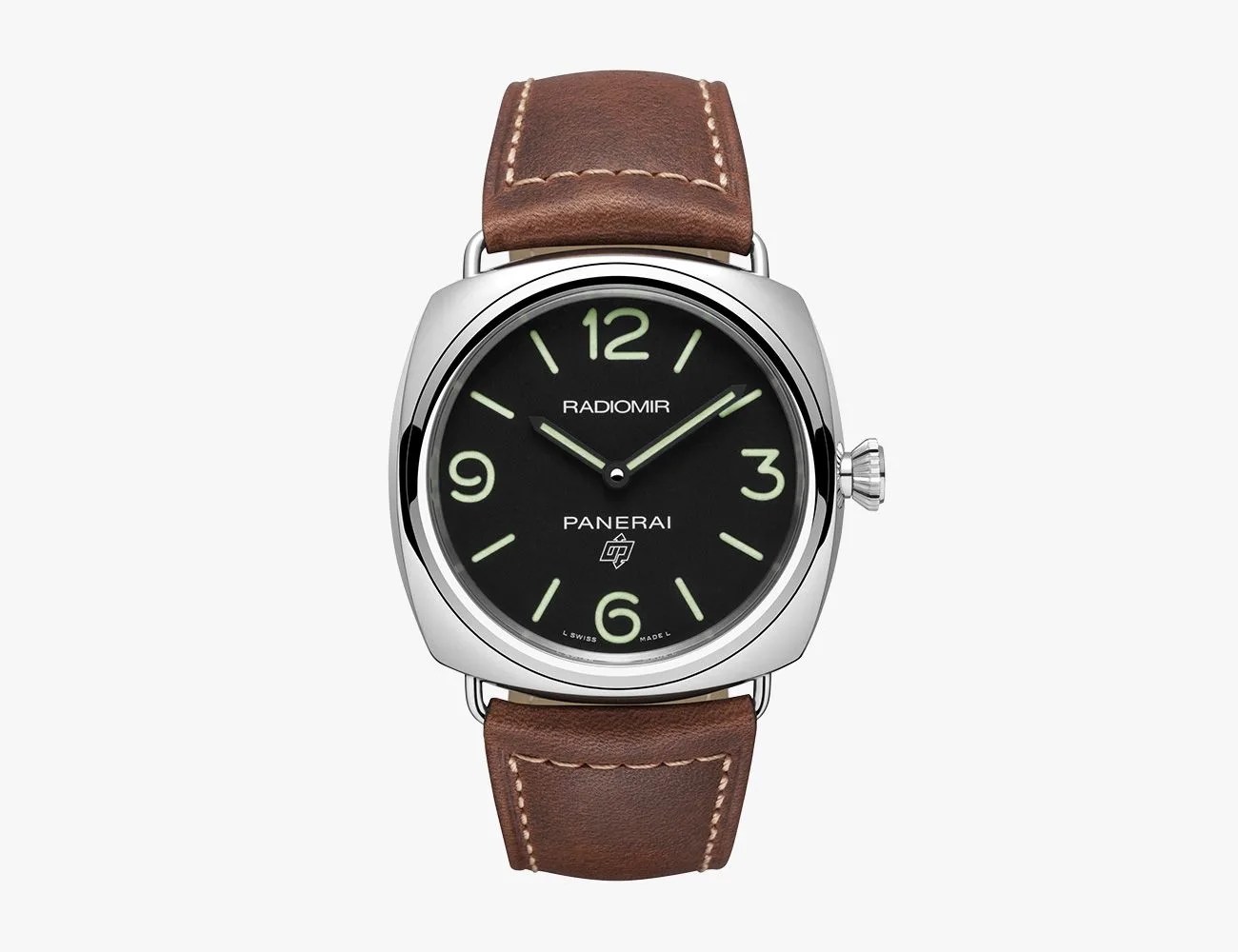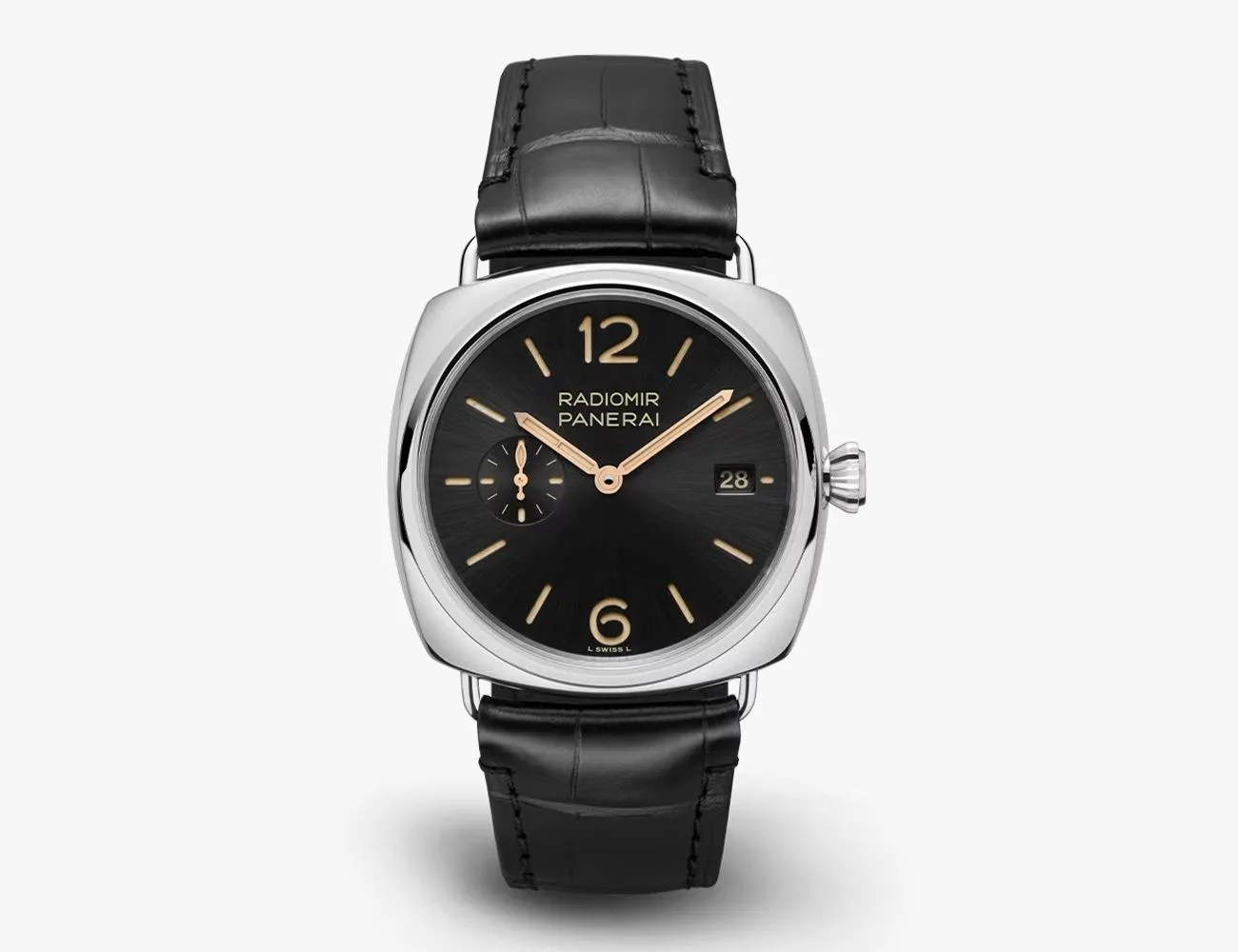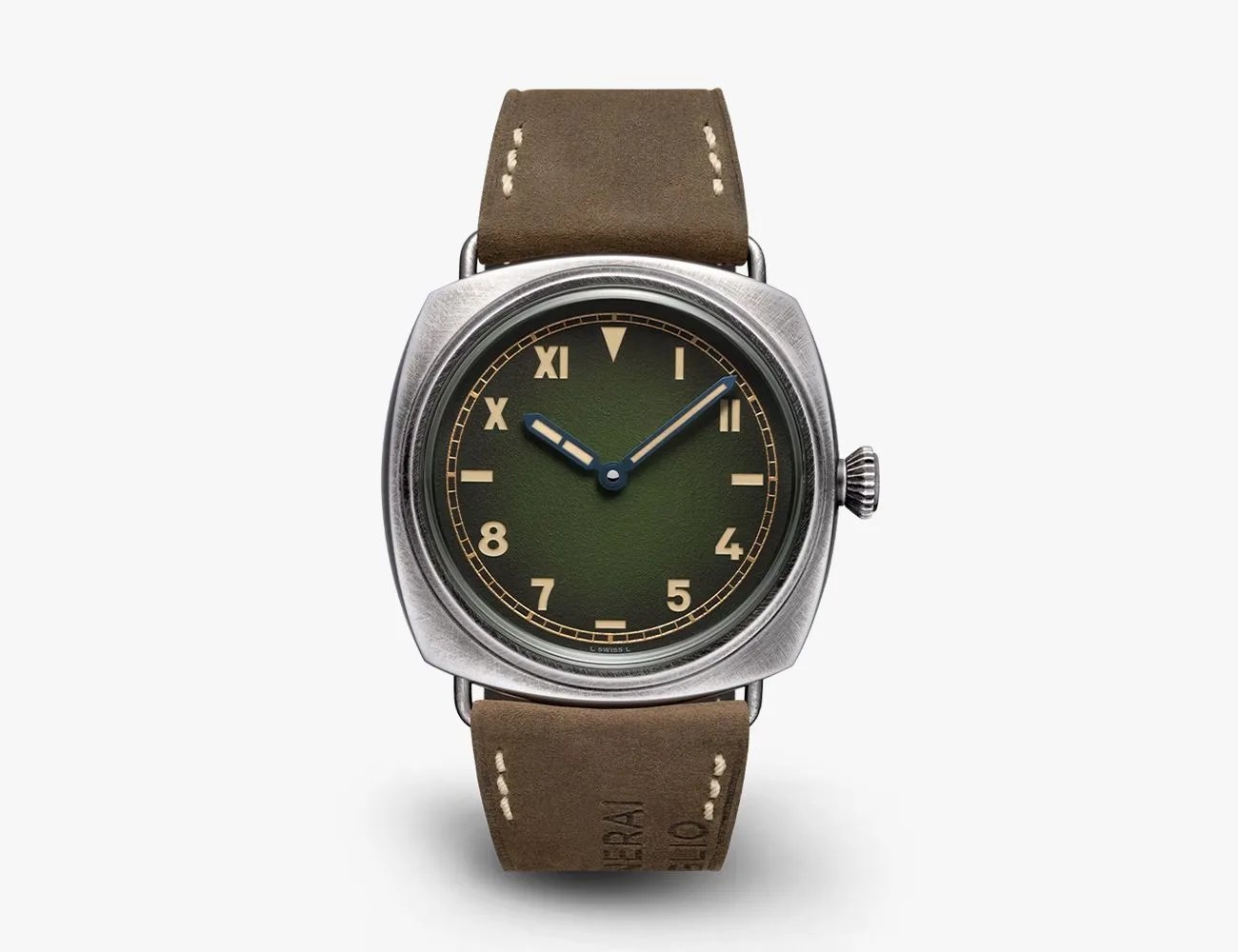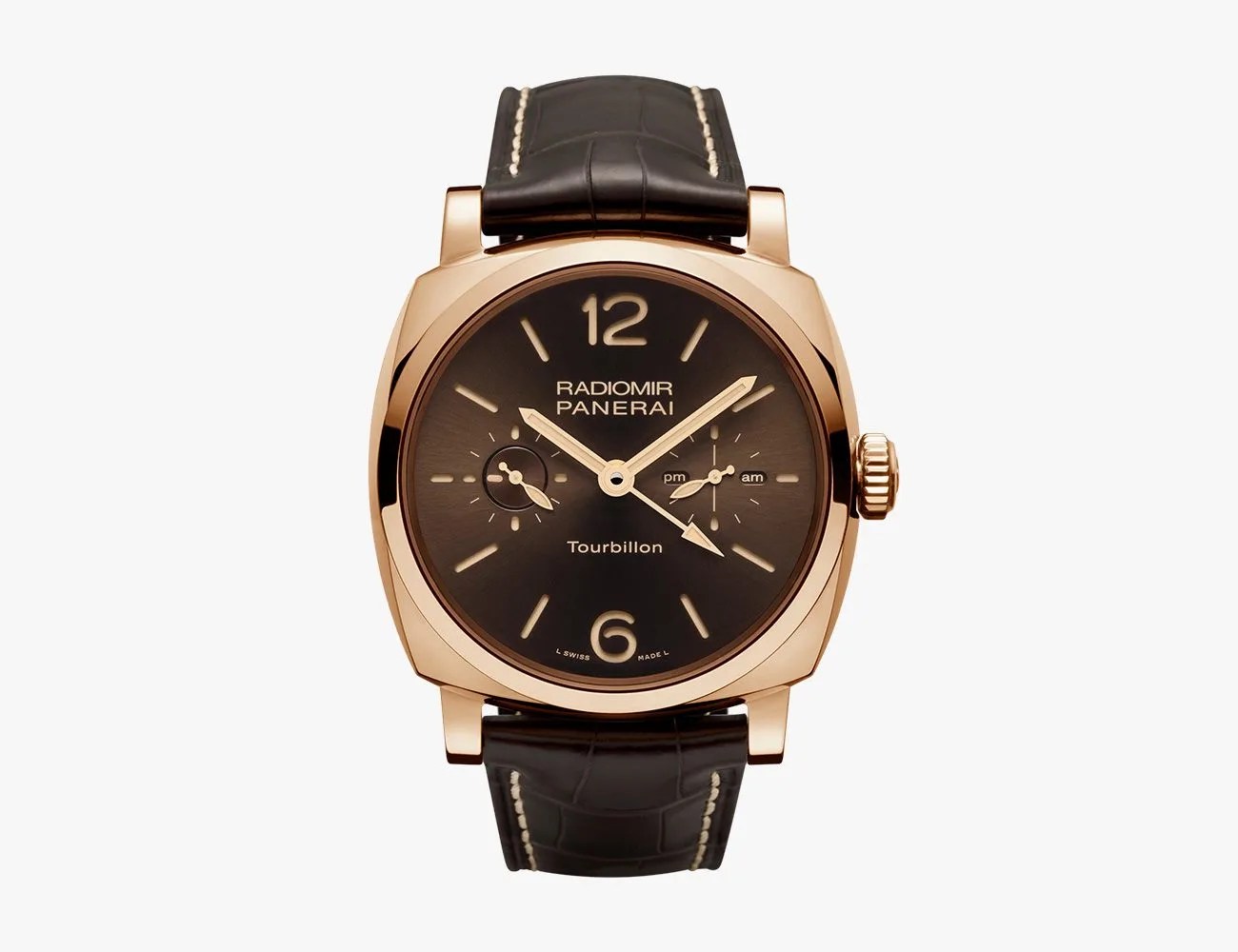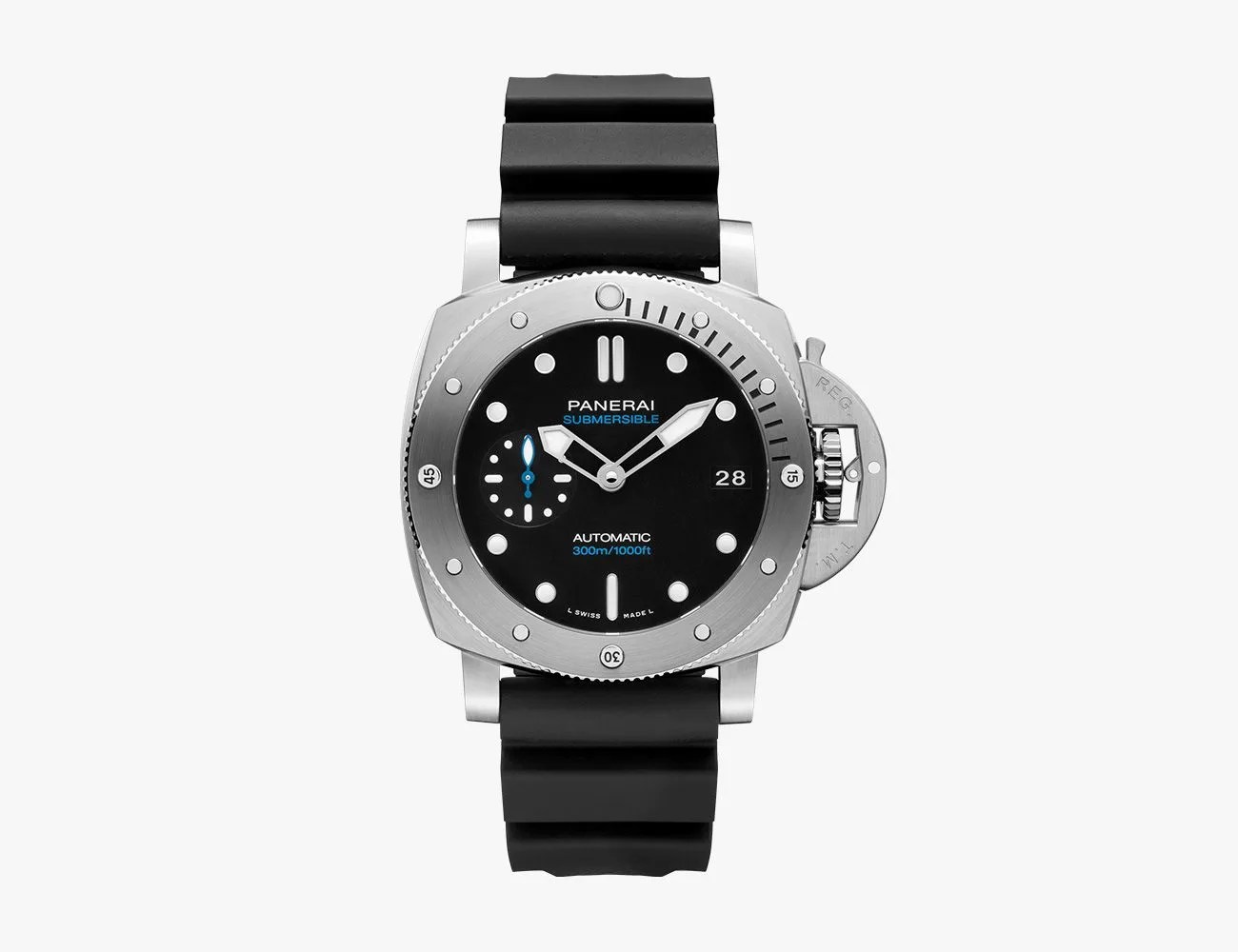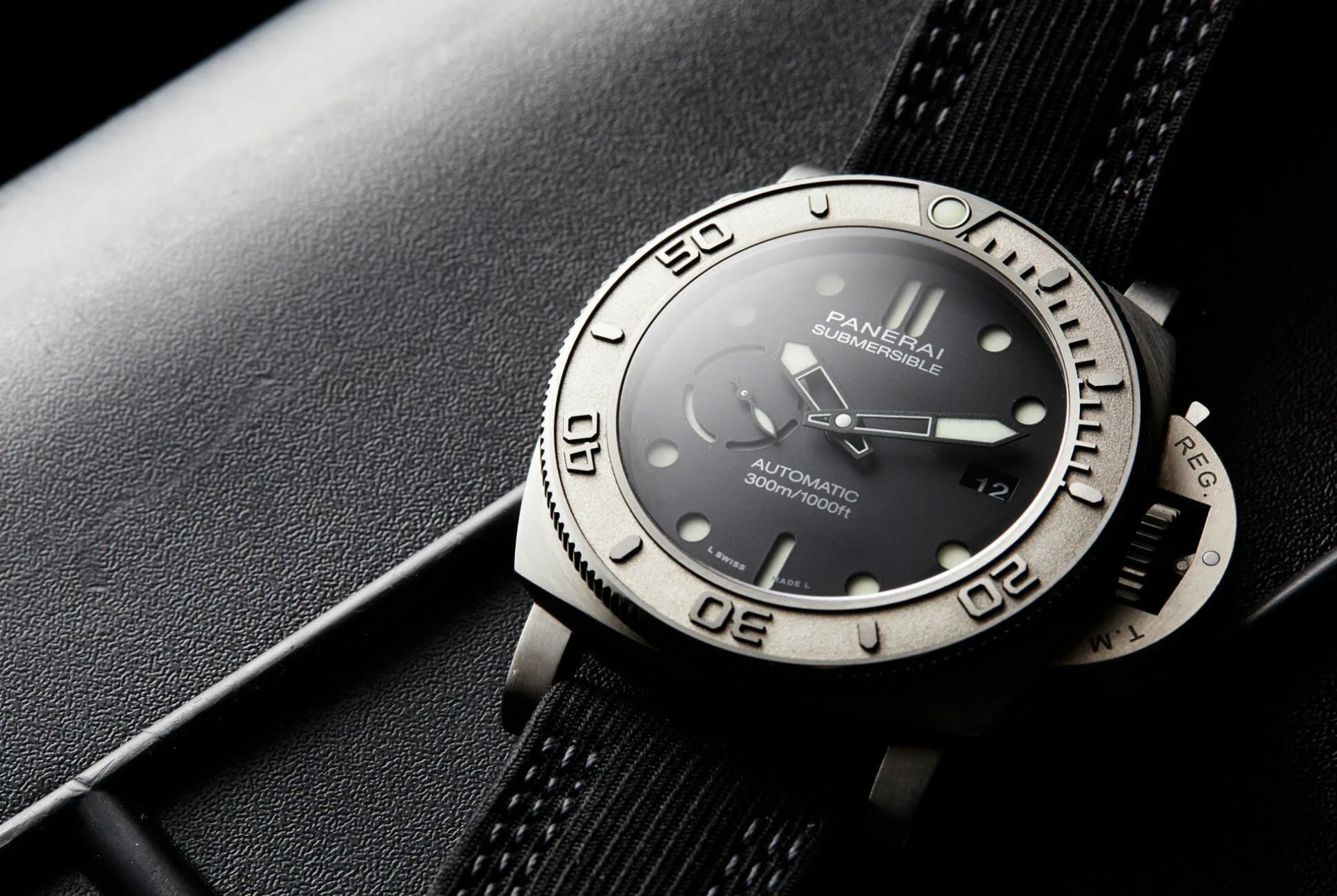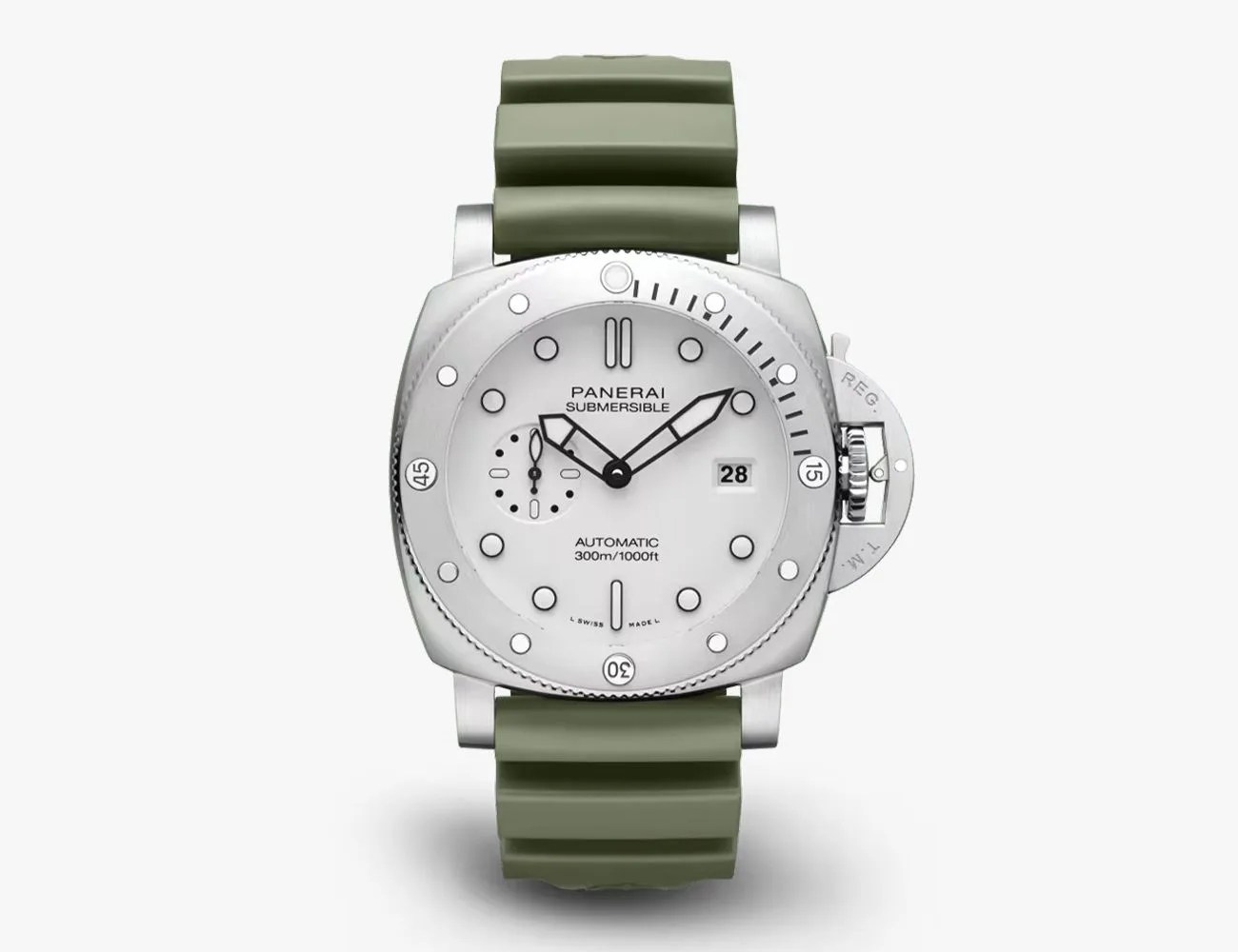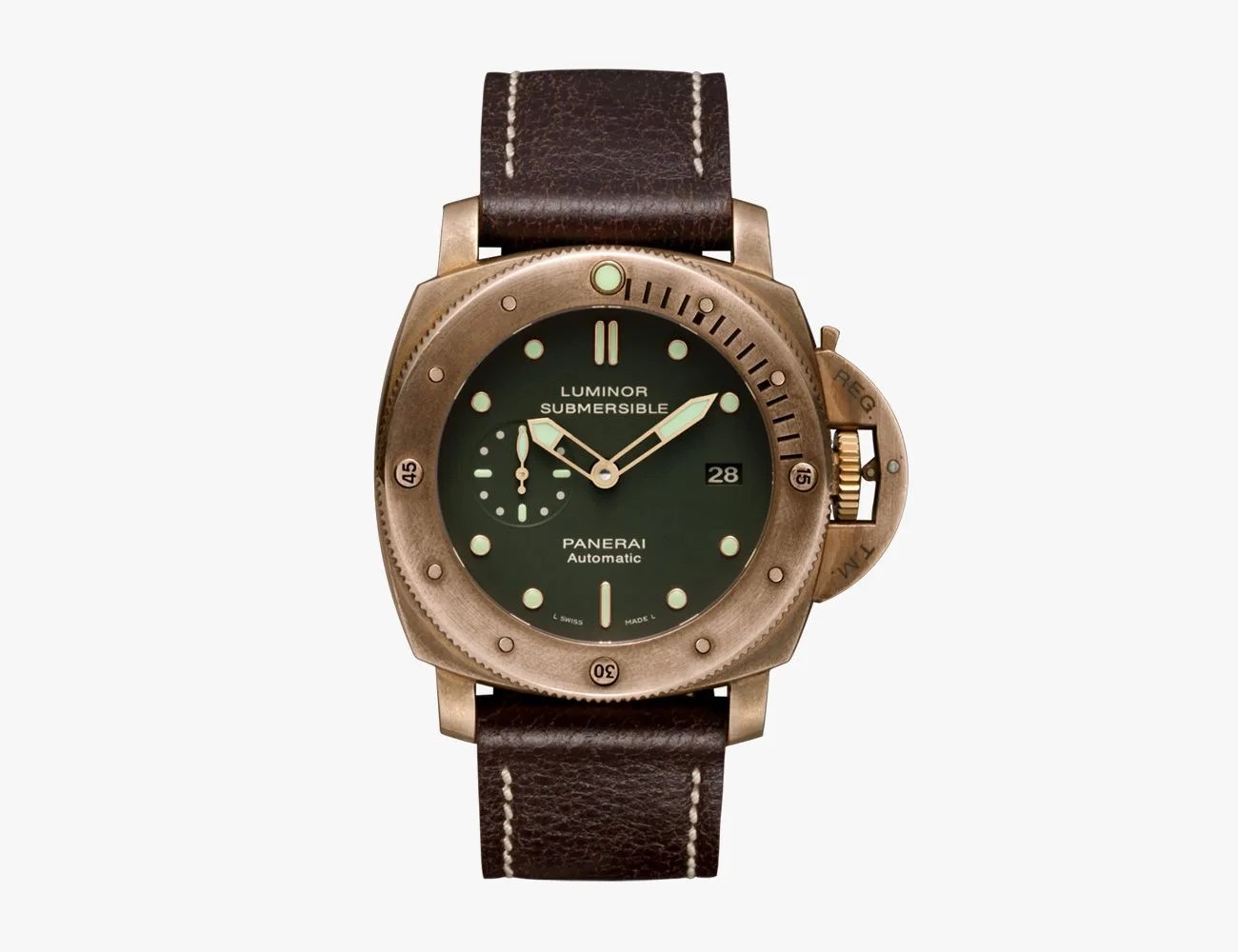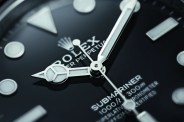Welcome to Brand Breakdown, a series of comprehensive yet easy-to-digest guides to your favorite companies, with insights and information you won’t find on the average About page.
Giovani Panerai opened his first watch shop in Florence, Italy in 1860, and his operation soon expanded to include a bustling workshop and Florence’s first horological training center. By the early 20th Century, Panerai had taken on contracts for the Royal Italian Navy, and in 1916 Panerai secured a crucial patent for Radiomir, a radium-based glowing paint.
Like so many firms stuck in fascist countries, Panerai developed watches for the wrong side during WWII, but Mussolini’s dictatorial mandates and deep pockets spurred Panerai to innovate at a rapid pace. They developed the Perspex crystal (1936), massive luminous sandwich dials (1938), integrated lugs with spring bars (1940) and a movement with an 8-day power reserve to reduce wear on crown seals (also 1940). After the fascists fell, Panerai developed its renowned tritium-based lume called Luminor (1949), and its signature lever-activated crown lock (1950).
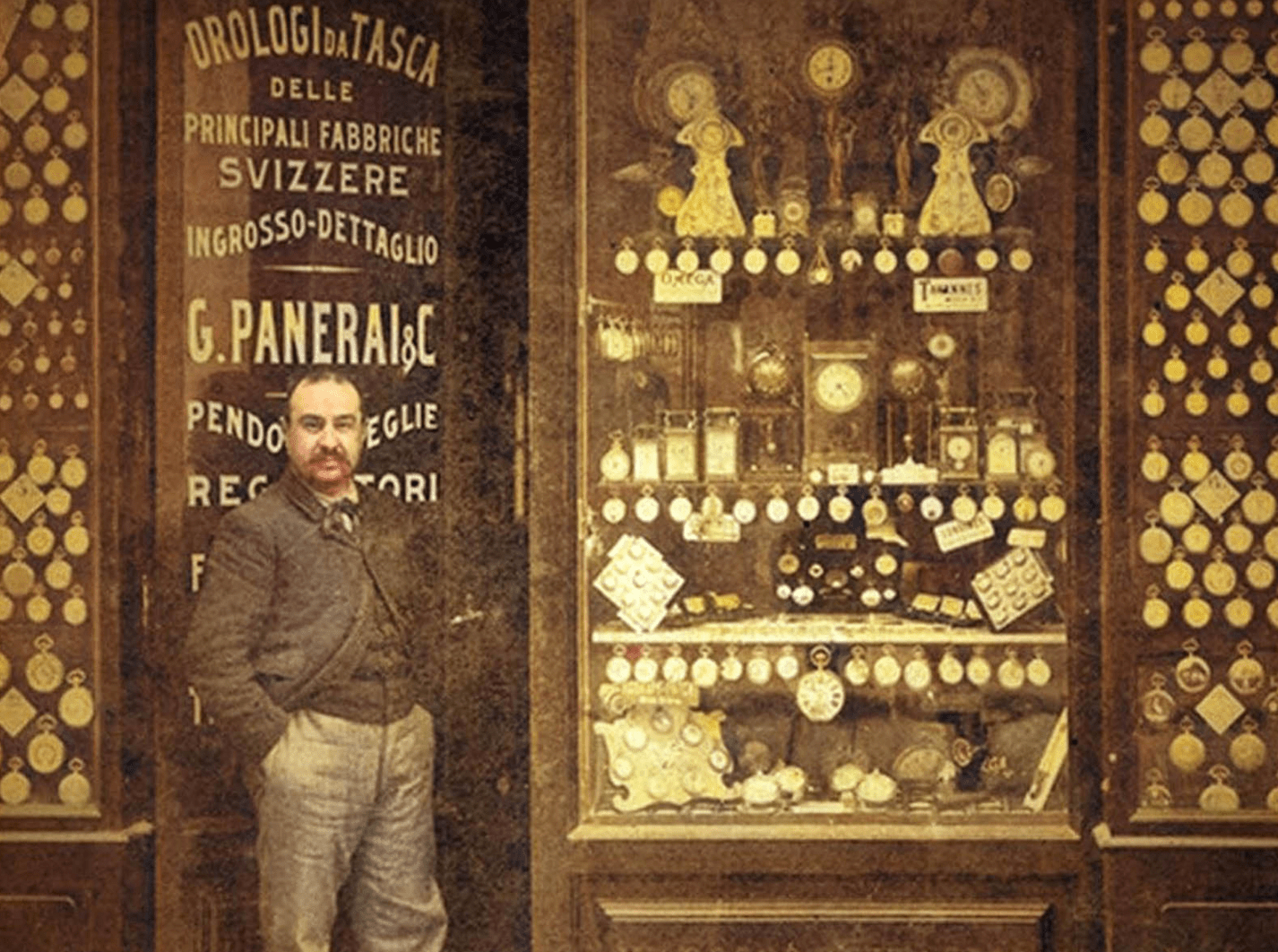
Panerai’s wrist watches didn’t reach a wider audience until it offered a civilian collection in 1993 and attracted the endorsement of Sylvester Stallone. By 1997, Panerai had become so successful that the Vendome Group (later the Richemont Group) acquired the firm, moved production to Switzerland, and transformed Panerai into the luxury sport watch company we know today.
It took Panerai some time to shed Sly’s Rocky/Rambo bravado and tell its own story more directly, but once it did, the company offered up a subtler form of badassery that’s all about oceangoing adventure. Italy is almost entirely coastline, and its Navy is famous for innovative maritime technologies and techniques. Panerai was right there making the dive watches, gauges and compasses for these pioneers of the deep. Meanwhile, the company has maintained a close relationship with yacht racing, including the kind done on vintage wooden yachts.
Despite the relocation of its manufacturing to Switzerland, Panerai’s style remains faithful to the original Italian designs of the early to mid-20th Century, and today’s collection is far more diverse than ever before.
